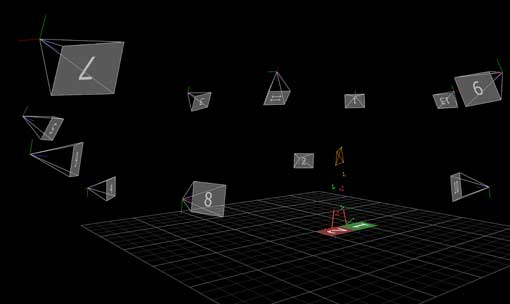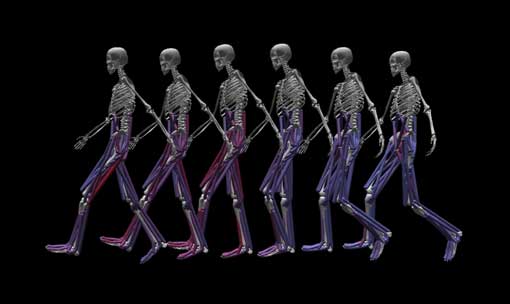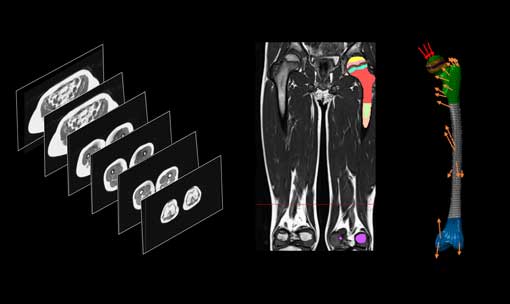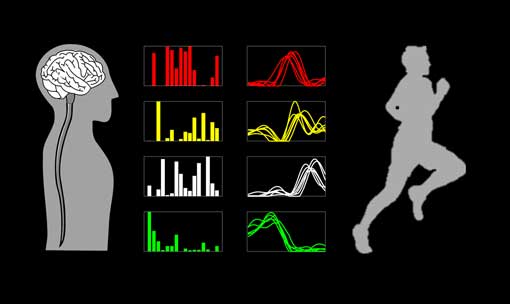Vision
To revolutionize human movement science and healthcare by uncovering the intricate interplay between anatomy, biomechanics, and mechanobiology, driving personalized and evidence-based solutions for improved quality of life.
Mission
Our mission is to collect and analyze experimental data (e.g., 3D movement, medical imaging, and muscle activity) and leverage advanced computational biomechanics techniques to unravel the complex interactions between anatomical structures, movement patterns, and mechanobiological adaptations. By bridging fundamental research and clinical applications, we aim to enhance decision-making in movement disorder treatments, provide evidence-based rehabilitation and training strategies, and enable early diagnosis to prevent or mitigate the progression of musculoskeletal disorders.
We are part of the Department of Sport and Human Movement Science of the University of Vienna.





